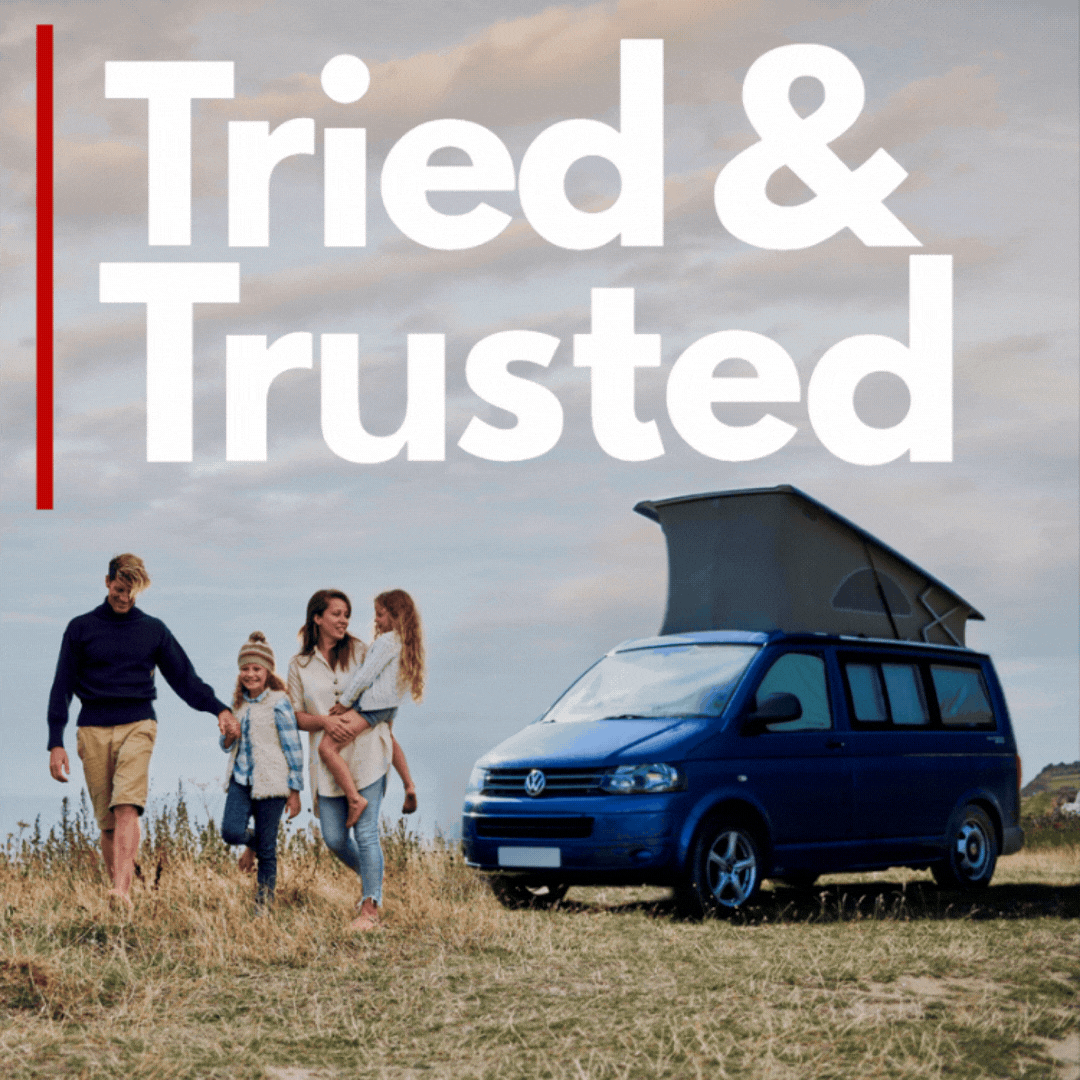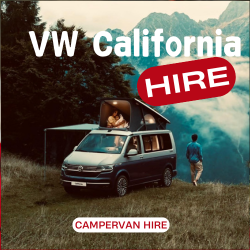GrannyJen
Super Poster
Lifetime VIP Member
JW, this is a truly difficult subject, and for Snowy55 and others who have had endless problems with the roof corrosion issue, it must be devastating. I can't imagine how they must all be feeling right now, and I am in no way attempting to diminish their angst with this post.
However, for me, like you, I have been waiting months for my Cali to arrive, and am beyond excited about collecting it next weekI have spent all those months dreaming, planning and anticipating the lifetime of memories I know this vehicle will give to me and mine.
Is the corrosion issue acceptable? No. Have VW behaved correctly and fairly to their customers? No. Will they in the future? Probably not. Am I worried about my Cali? Yes, mildly. Will it stop me buying it? Hell NO.
If I were to cancel my order tomorrow, I can absolutely guarantee on my children's lives that within 48hrs someone else will have the keys to the dream machine that I have saved for and waited for all these years. They will be in happy land and I will be as miserable as sin, as will be my kids.
This corrosion issue won’t be going away anytime soon. But, I’m an optimist. It’s a brand new vehicle. Its under warranty. I will have a chat with my dealer about it next week, let him know that I know. It won’t stop me driving it, loving it, living in it, having endless adventures in it.
It's a Campervan. Within a week the kids will have scratched the paintwork with their school bags and the idiot in Tesco’s car park will have dinged the door, and yes, I will be upset, very upset I’m sure (!) but, every time I drive it, it will make me smile.
Granny Jen is right, these are truly awesome vehicles. Don’t cancel your order, live the dream
Wonderful post.
Live the dream, to hell with the nightmare that may just never happen anyway














